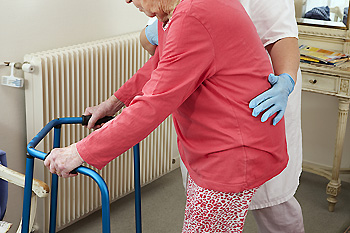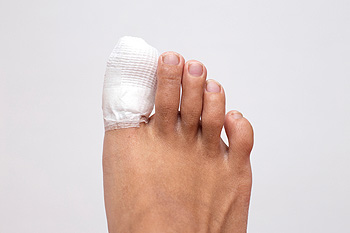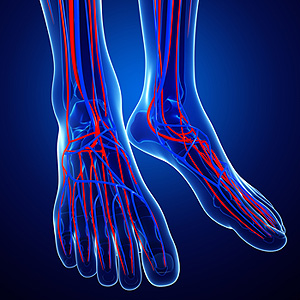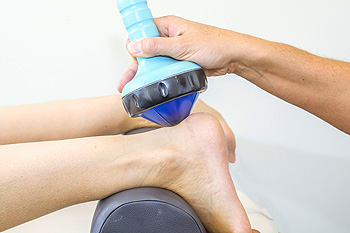 Babies need extra care in preventing falling injuries. It is important to refrain from leaving your child sitting on a table, or lying in a crib with the sides down. Research has indicated it is beneficial to install sliding gates at both ends of the stairwells, with openings of an appropriate size. Many parents view a stationary activity center as a better choice for the child’s safety rather than a baby walker, coupled with adult supervision. When bed rails are installed as the child sleeps in their first bed, additional emotional and physical support may be provided. It can also be helpful to lock all doors that lead outside, as this may help to prevent falling down the steps. As the child gets older, it is important to ensure that playground areas have a soft surface beneath the slides. Feet can be negatively affected when falling occurs, and it is suggested that you confer with a podiatrist who can help offer you and your child fall prevention techniques.
Babies need extra care in preventing falling injuries. It is important to refrain from leaving your child sitting on a table, or lying in a crib with the sides down. Research has indicated it is beneficial to install sliding gates at both ends of the stairwells, with openings of an appropriate size. Many parents view a stationary activity center as a better choice for the child’s safety rather than a baby walker, coupled with adult supervision. When bed rails are installed as the child sleeps in their first bed, additional emotional and physical support may be provided. It can also be helpful to lock all doors that lead outside, as this may help to prevent falling down the steps. As the child gets older, it is important to ensure that playground areas have a soft surface beneath the slides. Feet can be negatively affected when falling occurs, and it is suggested that you confer with a podiatrist who can help offer you and your child fall prevention techniques.
Preventing falls among the elderly is very important. If you are older and have fallen or fear that you are prone to falling, consult with one of our podiatrists from Lewis Wolstein, DPM, P.C. & Associates. Our doctors will assess your condition and provide you with quality advice and care.
Every 11 seconds, an elderly American is being treated in an emergency room for a fall related injury. Falls are the leading cause of head and hip injuries for those 65 and older. Due to decreases in strength, balance, senses, and lack of awareness, elderly persons are very susceptible to falling. Thankfully, there are a number of things older persons can do to prevent falls.
How to Prevent Falls
Some effective methods that older persons can do to prevent falls include:
- Enrolling in strength and balance exercise program to increase balance and strength
- Periodically having your sight and hearing checked
- Discuss any medications you have with a doctor to see if it increases the risk of falling
- Clearing the house of falling hazards and installing devices like grab bars and railings
- Utilizing a walker or cane
- Wearing shoes that provide good support and cushioning
- Talking to family members about falling and increasing awareness
Falling can be a traumatic and embarrassing experience for elderly persons; this can make them less willing to leave the house, and less willing to talk to someone about their fears of falling. Doing such things, however, will increase the likelihood of tripping or losing one’s balance. Knowing the causes of falling and how to prevent them is the best way to mitigate the risk of serious injury.
If you have any questions, please feel free to contact our office located in Co-Op City, NY . We offer the newest diagnostic and treatment technologies for all your foot care needs.









